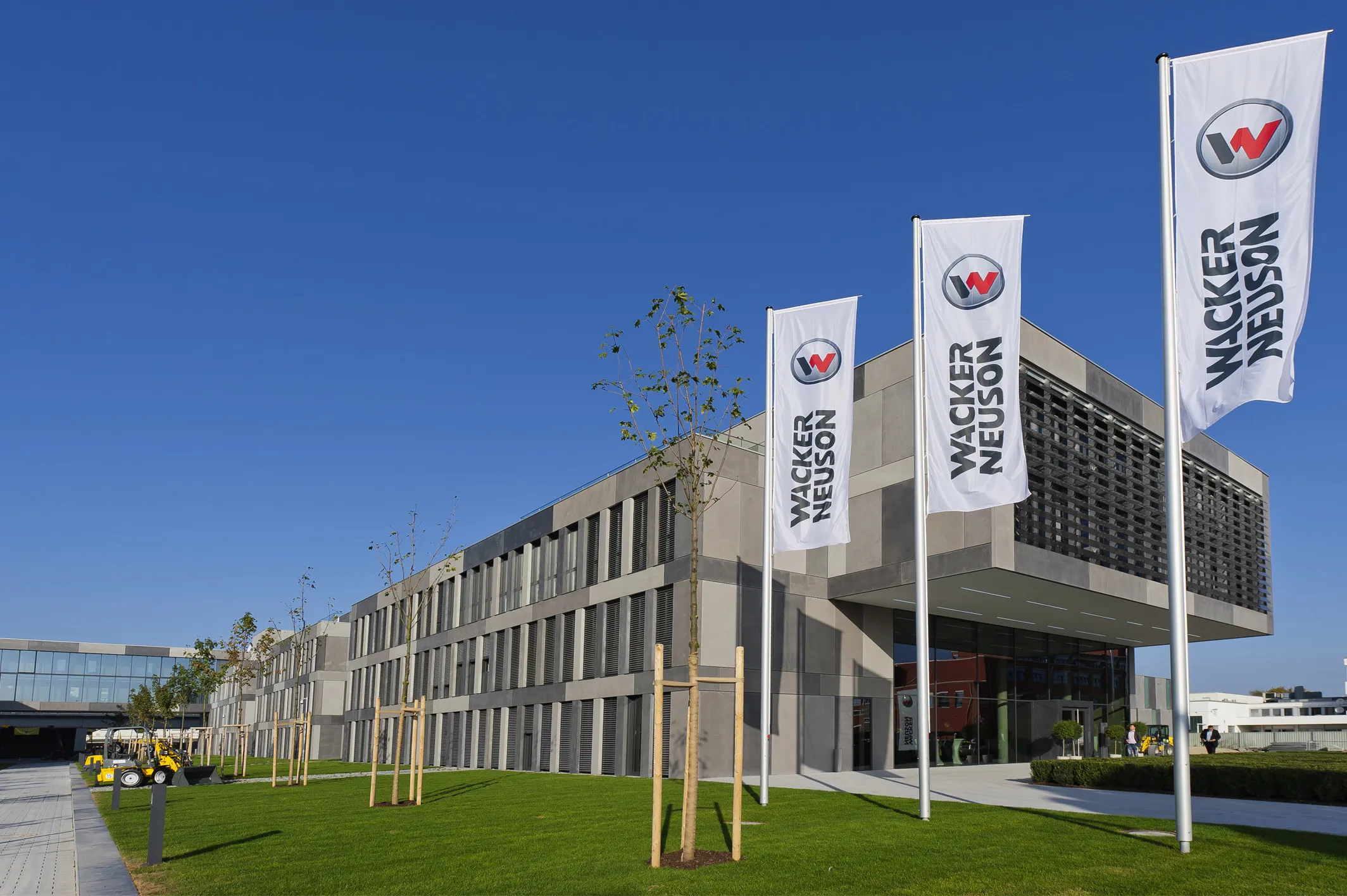Kobelco Construction Machinery has posted its semi-annual results for the 2014 financial year. The results give grounds for caution as well as some optimism however. In the Japanese hydraulic excavator market, a significant decline was expected initially in response to the impact of last-minute demand in the previous financial year. However, the decline was less than expected owing to strong domestic demand. As a result, the total domestic demand for heavy hydraulic excavators in the first half decreased by
November 21, 2014
Read time: 3 mins
Except for developed countries and regions such as Europe, the overseas construction machinery market (in the January—June period) generally remained low in emerging countries. The Chinese market, the largest hydraulic excavator market in the world, remained stagnant after the Chinese New Year despite the expectation that the recovery trend in the latter half of last year would continue. There was no positive sign for demand in mining regions, and the market was generally sluggish due to various factors including suppression of real estate investment and stagnation in large-scale public construction projects. As a result, demand for heavy excavators decreased by slightly over 10% and that of mini excavators slightly decreased year-on-year. The total demand for heavy and mini excavators together decreased by 10% year-on-year.
Looking at markets other than China, markets in developed countries and regions such as North America, Europe, and Australia maintained steady demand. In the North American market, demand increased by slightly over 10% for heavy excavators and nearly 20% for mini excavators. In Europe, which saw steady recovery from last year’s financial crisis, demand increased nearly 20% for heavy excavators and slightly over 20% for mini excavators. In Southeast Asia and India, demand for hydraulic excavators was sluggish due to a significant decline in the resource industry, including stagnation in mine development, in addition to political turmoil. As a result, demand for heavy excavators in Southeast Asia decreased nearly 20% and that of in India decreased by slightly over 10% year-on-year. The world aggregate demand for heavy excavators slightly decreased and that of mini excavators increased by slightly over 10% year-on-year.
Reaching the middle year of the medium-term management plan launched in fiscal year 2013, the entire Kobelco Construction Machinery Group has been promoting the basic strategies of the plan while aiming to achieve sustainable and stable growth in the business.
As a result of the conditions, the financial results for the first half of fiscal 2014 (April, 2014 to September, 2014) saw consolidated net domestic sales of 58 billion yen (-10.4% over the same period of FY2013), while overseas sales were 111.7 billion yen (+13.7% over the same period of FY2013). Overall sales were 169.7 billion yen (+4.1% over the same period of FY2013). The ratio of overseas sales to consolidated net sales was 65.8%, increasing from that of the same period of FY2013 (60.2%).







